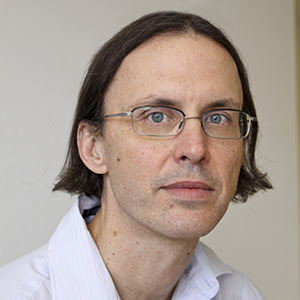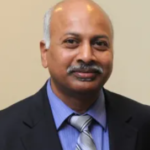By Sarah Abboud
In the latest installment of the DRIPBL monthly webinar series, five remarkable college students from across the country came together to share their experiences navigating the college application process and adjusting to life on campus. All four undergraduate students are part of the DRIPBL Student Mentor Insights Program. These students can save you a campus trip and allow you and your family to ask any and all questions you might have about college applications, campus life at certain schools, what this process was like, etc. These students are ready to be booked!
This session was hosted by Rachna Nath, the session offered a rare and honest look into how students choose their schools, find research opportunities, and balance academics with personal growth.
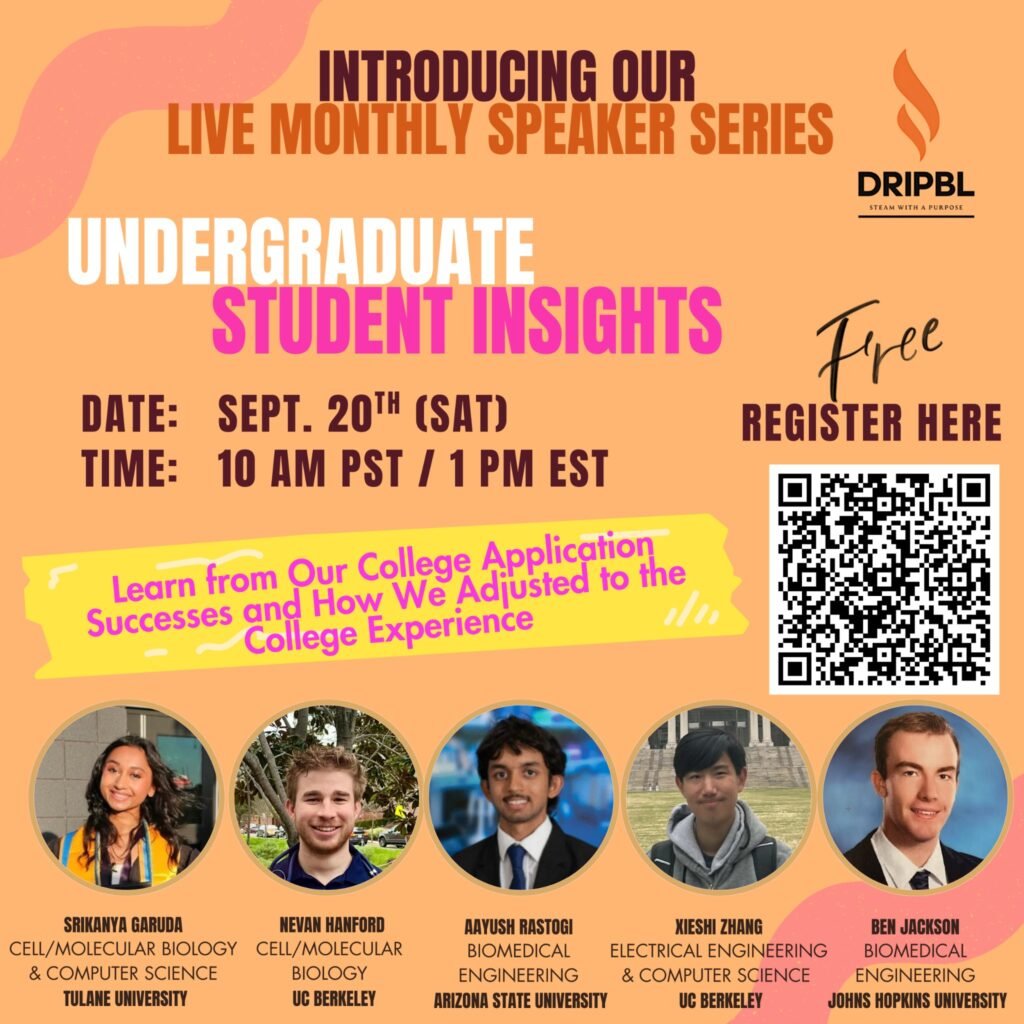
Register for future DRIPBL Speaker Series below:
Real Students, Real Stories
Each student brought a unique perspective, shaped by their academic interests, extracurricular passions, and personal goals.
Ben Jackson – Johns Hopkins University
Ben is pursuing biomedical engineering on a 3+1 track, aiming to earn both a bachelor’s and master’s degree in four years. He also serves in the National Guard and has worked in research labs, including the Hashimoto Lab at Barrow Neurological Institute. Ben emphasized the importance of building genuine connections and choosing a school based on its strengths in your field of interest.
Srikanya Garuda – Tulane University
A freshman and Stamps Scholar, Srikanya is studying cell biology and computer science. She shared how her high school research in AI protein modeling helped her land a spot in Tulane’s TRIA research program. Her advice? Don’t worry about having a “perfect spike” in your application. Instead, focus on storytelling and showing passion across different activities.
Nevan Hanford – UC Berkeley
Nevan, a senior at Berkeley, is on the pre-med track and has combined research with clinical experience as an EMT. He’s involved in outreach programs like Street Medicine and the Blood Pressure Project. Nevan stressed the importance of finding a campus environment that feels right and using office hours and school programs to connect with professors.
Xieshi Zhang – UC Berkeley
Xieshi is a sophomore studying electrical engineering and computer science. He highlighted his passion for teaching and making, from mentoring middle school students to building devices like a tensile testing machine and working on biosensors. His journey shows how early interests can evolve into meaningful college experiences.
Aayush Rastogi – Arizona State University
Aayush is also on the biomedical engineering 3+1 track and pre-med route. He chose ASU for its affordability and strong partnerships with medical institutions. He’s involved in multiple research labs and leads operations for REACT, a student-run clinic supporting refugees. His message: initiative and persistence open doors.
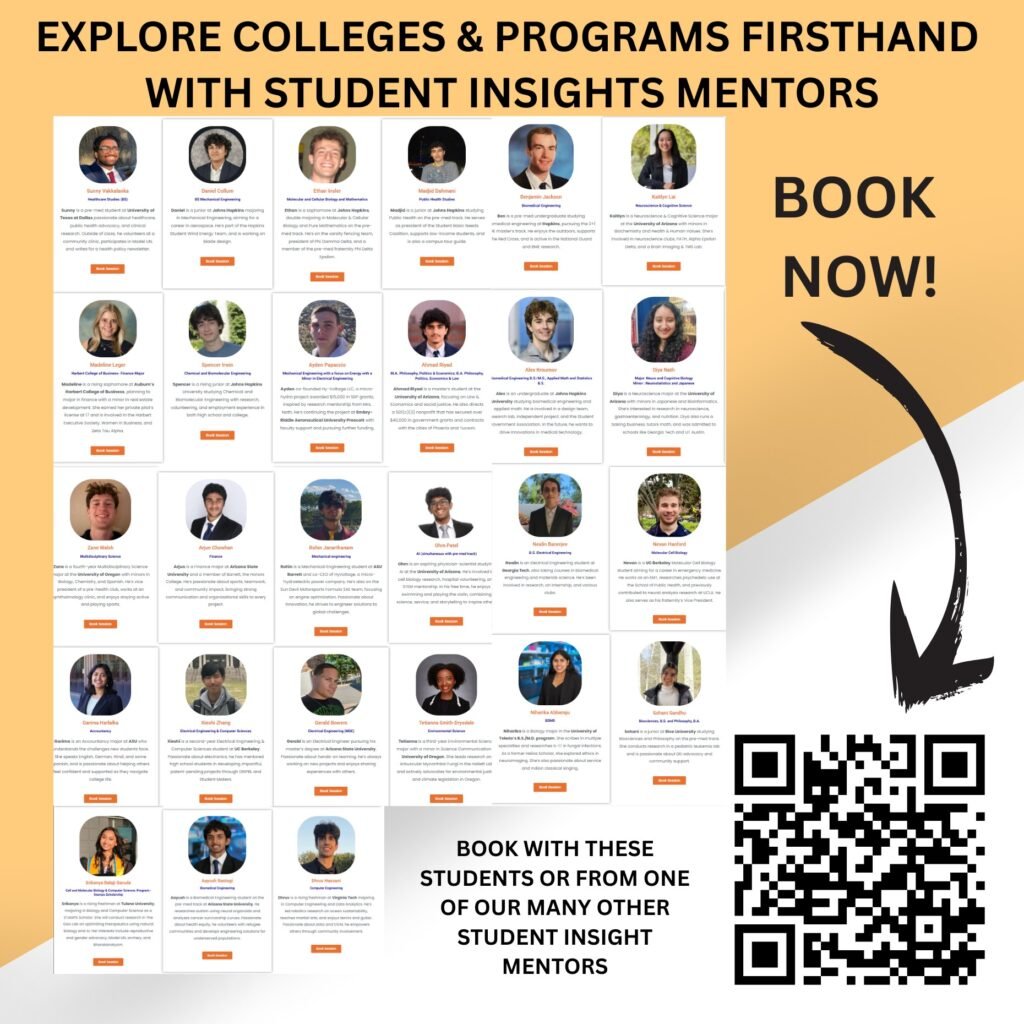
Key Themes and Advice
1. Research Starts Early
Many students began research in high school, which helped them stand out in college applications and secure lab positions early in their undergraduate careers.
Nevan Hanford, now a senior at UC Berkeley, shared:
“I had already gone through the experience of getting a $5,000 grant for my science project in high school. It was on Tamibrew Beetles in Styrofoam, and it ended up going to ISEF. We got fourth place in the category.”
Srikanya Garuda, a freshman at Tulane, added:
“My academic interests are mostly in computational biology, which is why I’m taking a bio and CS major. This kind of manifested through research I did at Arizona State University as a junior into senior year regarding AI protein modeling.”
Ayush Rastogi, a sophomore at ASU, emphasized how early lab experience helped him:
“Ms. Nath taught me pipetting, PCR, gel electrophoresis… and now all I ever do is the same stuff in my college lab. I mocked it back then, but it’s exactly what I needed.”
2. Cold Emails Work—If Done Right
Students shared how they reached out to professors and secured research opportunities through well-crafted emails. Make sure to personalize your message, show genuine interest in their work, and highlight what you bring to the table.
Ayush explained:
“I sent about 20 to 30 emails my first semester. I got 6 or 7 responses. One professor said, ‘Come to a few lab meetings and show your commitment.’ I did, and eventually got into the lab.”
Srikanya added:
“Most people just say, ‘Hi, I read your work. Can I join?’ That’s not enough. You need to show interest, ask questions, and explain what you bring to the lab.”
Ben Jackson from Johns Hopkins used a creative approach:
“I used ChatGPT to help write my email. I mentioned my interest in cochlear implants and rugby, which the PI also liked. That personal connection helped me get in.”
3. Leadership Comes from Initiative
Whether through clubs, labs, or outreach programs, students earned leadership roles by showing commitment and asking thoughtful questions.
Ayush shared:
“I was told, ‘You went above and beyond.’ I asked questions, even when I thought they were stupid. But people smiled when I did, because no one expects you to ask.”
He now leads operations for REACT, a student-run clinic partnered with Mayo Clinic, and manages grants worth $30,000–$60,000.
Srikanya is already a co-chair in Tulane’s student government:
“I help register and renew student organizations. It builds on my high school experience starting clubs and advocating for causes.”
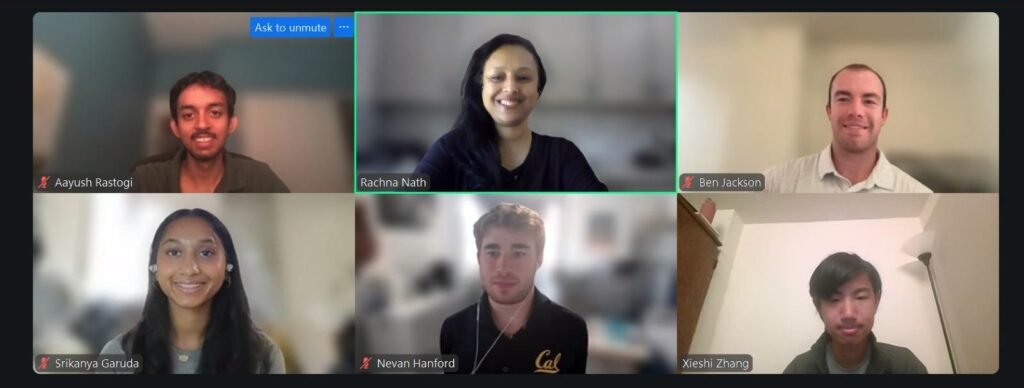
4. Choose the Right Fit, Not Just the Big Name
Students emphasized choosing colleges based on academic programs, campus culture, and available opportunities—not just prestige.
Students emphasized that choosing a college should be about more than prestige—it should be about fit, opportunity, and environment.
Nevan said:
“I applied to Stanford and got rejected, like most people. But when I toured Berkeley, I loved the vibe. You’re going to spend four years there—you need to feel like you belong.”
Ayush chose ASU over more prestigious schools:
“I didn’t want to be buried in debt. ASU has partnerships with Mayo, Banner, Barrow, and Honor Health. There’s so much opportunity here.”
Ben added:
“If I hadn’t gotten into biomedical engineering at Hopkins, I would’ve considered other schools. You have to look at what the school is known for, not just the name.”
5. Keep Your Passions Alive
College isn’t just about academics. From dance teams to engineering projects, students found ways to continue their hobbies and interests, which helped them stay balanced and engaged.
Srikanya joined Tulane’s Jazba dance team:
“Dance is something I’m super passionate about. It’s important to cultivate interests outside academics. It brings out your liveliness.”
Nevan continued his community service work:
“In high school, I gave food and water to houseless populations. At Berkeley, I joined the Undergraduate Street Medicine Outreach and the Blood Pressure Project.”
Xieshi Zhang, a sophomore at Berkeley, built on his love for making and mentoring:
“I started building a tensile testing machine in eighth grade. Now I teach students how to build circuit boards and present them to Apple engineers.”
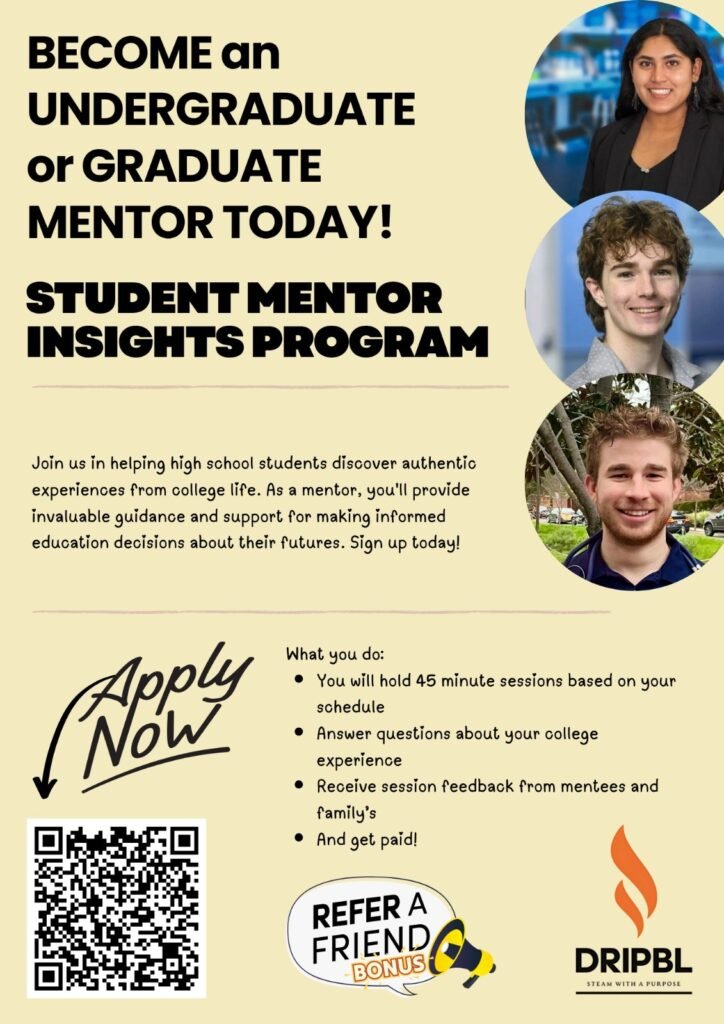
Campus Culture Snapshots
- Johns Hopkins: Strong in medicine and engineering, but students noted safety concerns and a more isolated campus experience.
- UC Berkeley: Diverse and dynamic, with access to San Francisco and a wide range of clubs, startups, and research opportunities.
- Tulane: Known for its party culture but also rigorous academics and flexibility in course selection.
- ASU: Large and well-connected, offering many research and clinical opportunities with less competition.
Final Thoughts
The webinar ended with a reminder: college is not just about getting in, but about thriving once you’re there. Students encouraged attendees to take risks, ask for help, and explore as much as possible. For those seeking more personalized guidance, DRIPBL offers one-on-one sessions with these students (https://dripbl.com/student-insights/).
Get your personal Questions Answers in 1-on-1 sessions with students like these undergraduates. We currently have 27 different undergraduates to talk to!
M365 Copilot was used to write this blog from the webinar transcripts.


